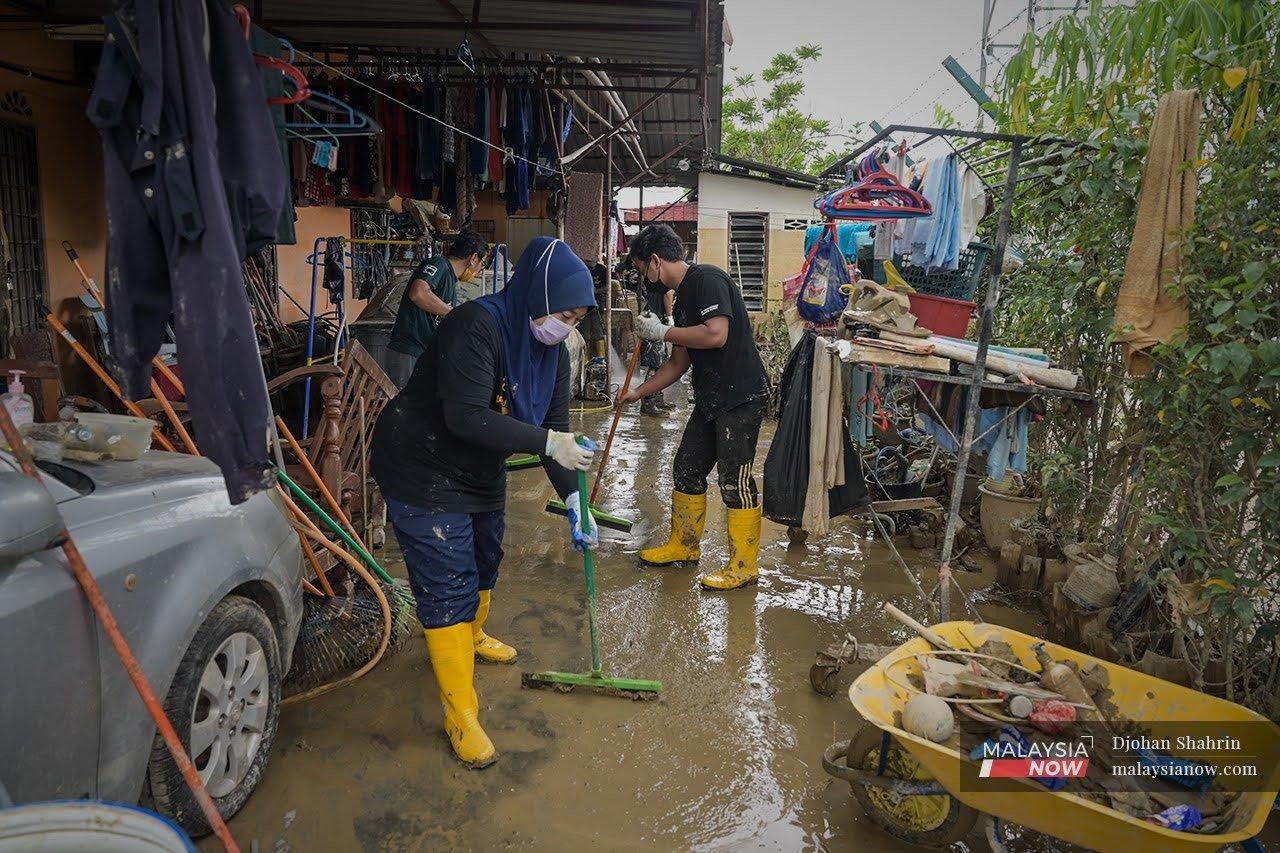The dark side of ‘voluntours’ at disaster zones
Sometimes 'disaster tourists' come only to take pictures and fill up their social media pages.
Just In
Surrounded by hungry and desperate flood victims, Kamarul Azizi clicks the shutter button on his camera.
Slowly, he makes his way through knee-deep water, photographing the scene in Taman Sri Muda, Shah Alam – one of the areas worst hit by the floods that came gushing in last December.
His pictures are uploaded on social media where they quickly go viral, attracting the attention of internet users who are moved to offer their assistance.
But Kamarul, a part-time photographer, has noticed more than just the flood victims as he makes his rounds.
More often than not, he observes people who come as volunteers but do not appear truly interested in helping.
Unlike the many willing Malaysians who visit flood-affected areas to roll up their sleeves and get their hands dirty, he says they go only to sight-see and to take advantage of the situation.
This “voluntour” phenomenon is only made worse by the craze for social media, he said.
“They come to get content for their social media, and they show no respect for those who have been affected by the floods.
“Disaster areas are not amusement parks for those who only wish to pose for pictures with their phones,” he said.
Not just in Malaysia
The problem of voluntours is not unique to Malaysia. In neighbouring Indonesia, a 7.5 magnitude earthquake shook the island of Sulawesi in 2018, causing widespread damage.
Search and rescue efforts by international groups were delayed by the presence of foreigners who were not trained to help.
Authorities at the time were eventually forced to limit flights to the island to ward off the arrival of more “disaster tourists”.
In the US, meanwhile, “storm chasers” frequently accompany natural disasters like tornadoes and hurricanes.
Dr Shalimar Abdullah, a Mercy Malaysia vice-president, said left uncoordinated, the presence of disaster tourists would only make life more difficult for victims and rescue personnel.
“Many come but not to help. If they do help, it doesn’t amount to much,” she said. “Even their cars cause traffic jams.”
Such congestion was seen in Bukit Lanchong in Subang, during the floods which recently hit Selangor. Many had flocked to the disaster area, hampering the movements of search and rescue teams.
Some were also reported to have used the resources meant for flood victims.
“They think that they have provided their services and are entitled to help themselves to the food handed out at relief centres,” Shalimar said.
“In reality, that food is prepared for the flood victims.”
Similar scenes were observed during the massive floods which hit Kelantan in 2014, where many came only to take pictures of the chaos.
Those who then booked themselves into hotel rooms used up critical supplies of water and electricity.
“In urban areas, such behaviour might not have much of an impact,” said Shalimar, who had been in Kelantan at the time.
“But in rural areas and villages, it puts victims at risk.”
She said humanitarian work needs to be well planned. At Mercy Malaysia, she said, there are plans for both the medium and long term.
“In the beginning, many will come. But look at what is happening now – the victims who lost their homes in the floods last month still need help to rebuild.”
She said the authorities could provide courses or training for members of the public who wish to turn volunteer.
As it is, though, she said some who volunteer to participate in clean-up efforts take things a step too far by cleaning out even items that can still be used.
“They should check with the home owner before throwing anything out,” she said. “Not add to the losses and hardships of the flood victims.”
Subscribe to our newsletter
To be updated with all the latest news and analyses daily.
